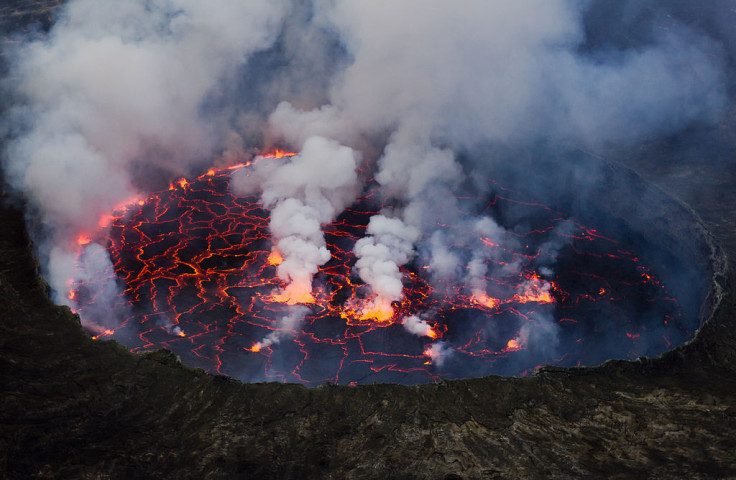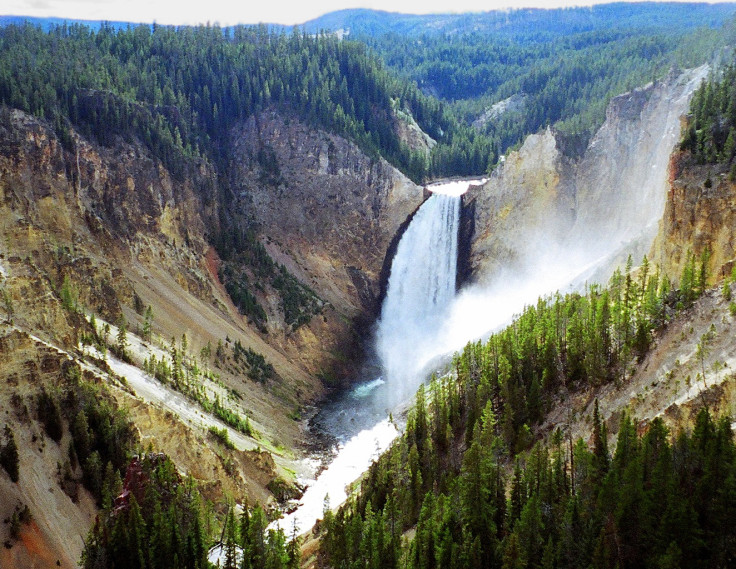Earth not prepared to cope with fallout from massive volcanic eruptions, report warns

Scientists have warned that we are not prepared for massive volcanic eruptions that could kill thousands of people and wreak havoc on a global scale. In a report, Extreme Geo-hazards: Reducing the Disaster Risk and Increasing Resilience, experts at the European Science Foundation say large volcanoes present more of a danger to humanity than any other geo-hazards, including asteroid strike, tsunami, earthquake or global warming. Yet despite the unique threat they pose, governments are ill-equipped to deal with their impact.
The report states: "Although in the last few decades earthquakes have been the main cause of fatalities and damage, the main global risk is large volcanic eruptions that are less frequent but far more impactful than the largest earthquakes. Due to their far-reaching effects on climate, food security, transportation, and supply chains, these events have the potential to trigger global disaster and catastrophe. The cost of response and the ability to respond to these events is beyond the financial and political capabilities of any individual country."

One such massive eruption could emanate from Yellolwstone supervolcano in the US - one of teh largest supervolcanoes in the world. The volcano last erupted 640,000 years ago, covering the US in metres of volcanic ash. However, USGS scientists are "99.9% that 21st-century society will not experience a Yellowstone supereruption", they said in a report released in 2014.
A supervolcano is one whose eruption can expel more than 1,000 cubic kilometres of magma. Other known supervolcanoes include Indonesia's Lake Toba, which erupted with devastating effect 74,000 years ago, and Atana Ignimbrite in Chile. However even large "normal" volcanoes can have major consequences. The series of Laki eruptions in Iceland in 1783 killed around 23,000 people in the UK and may have even helped trigger the French Revolution due to crop failure in Europe.
© Copyright IBTimes 2025. All rights reserved.






















